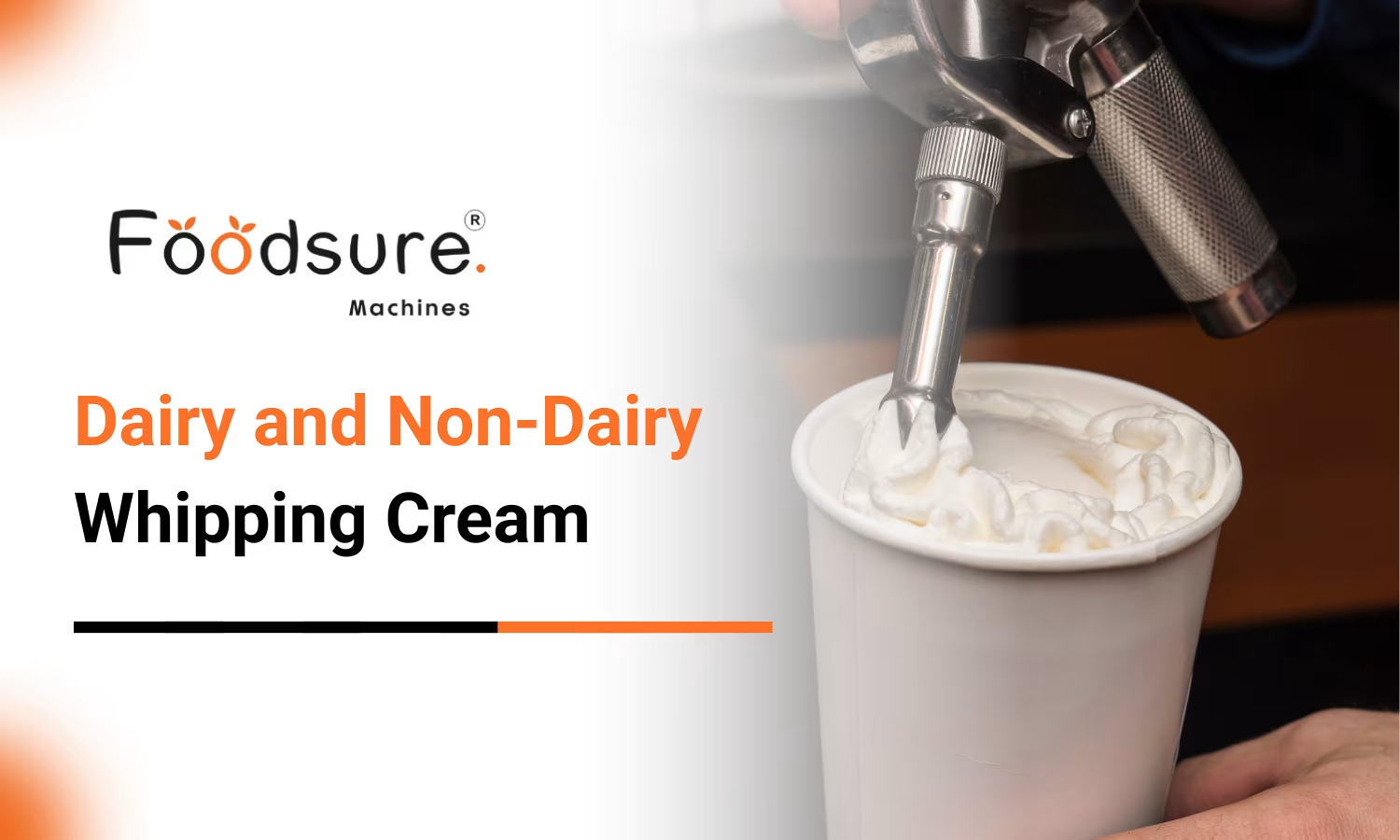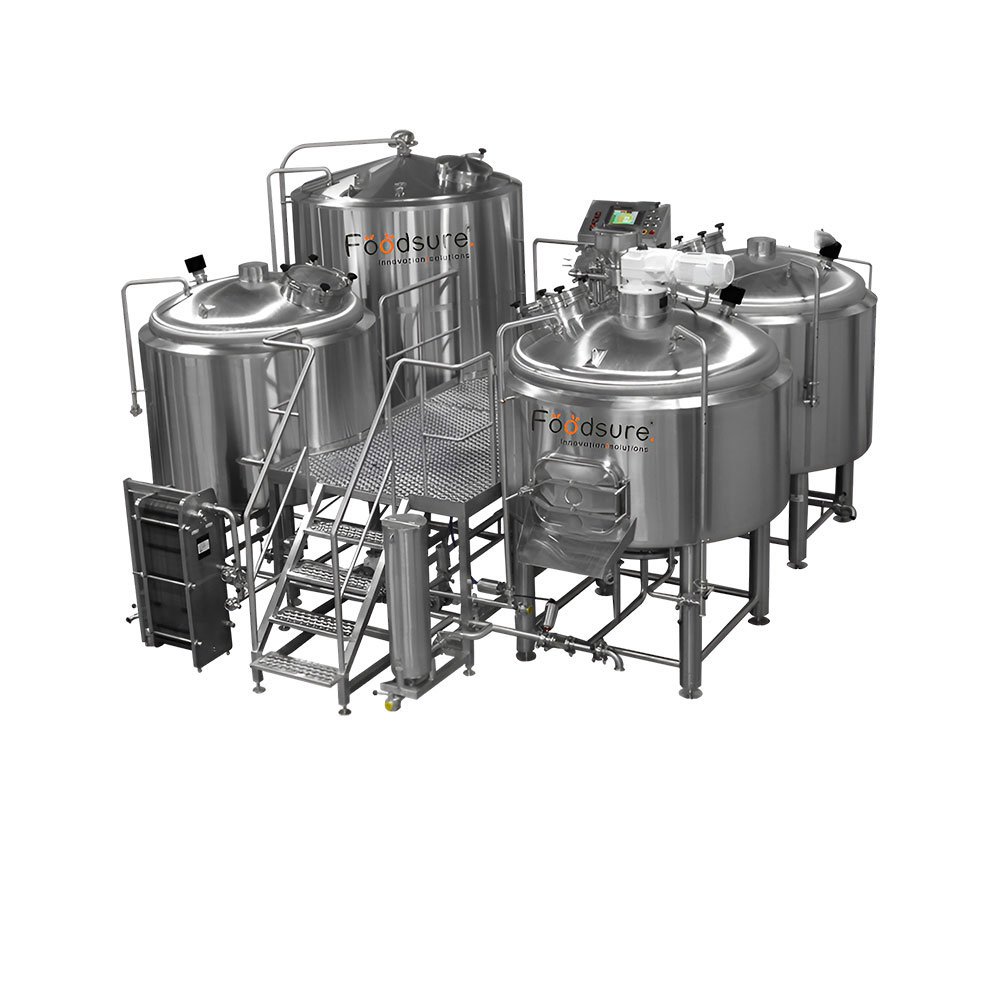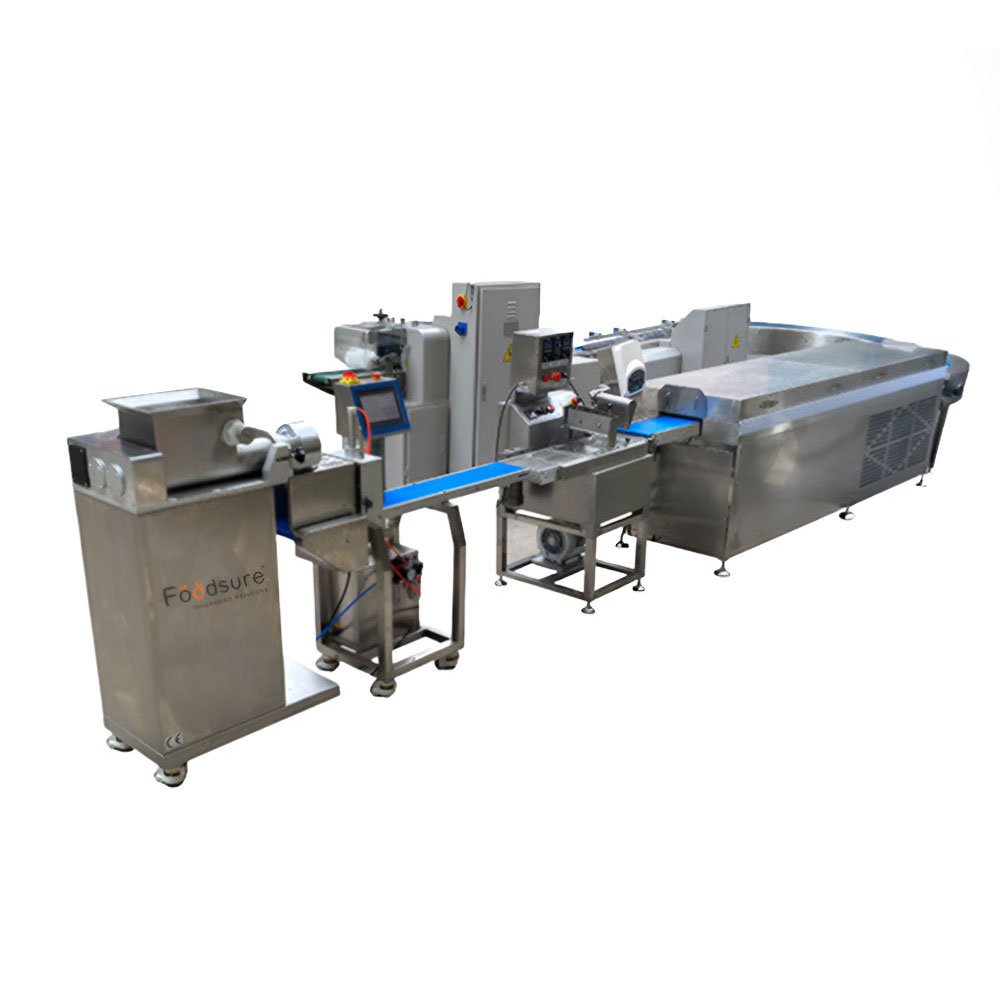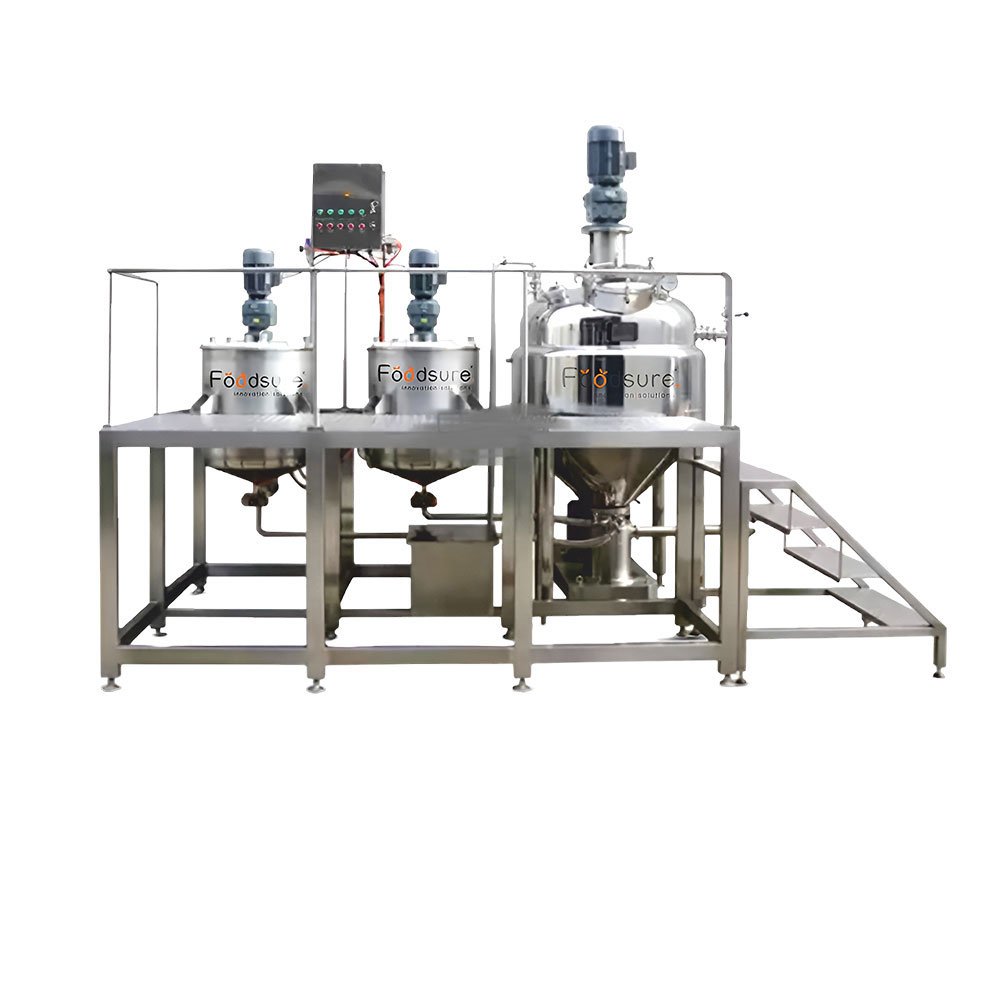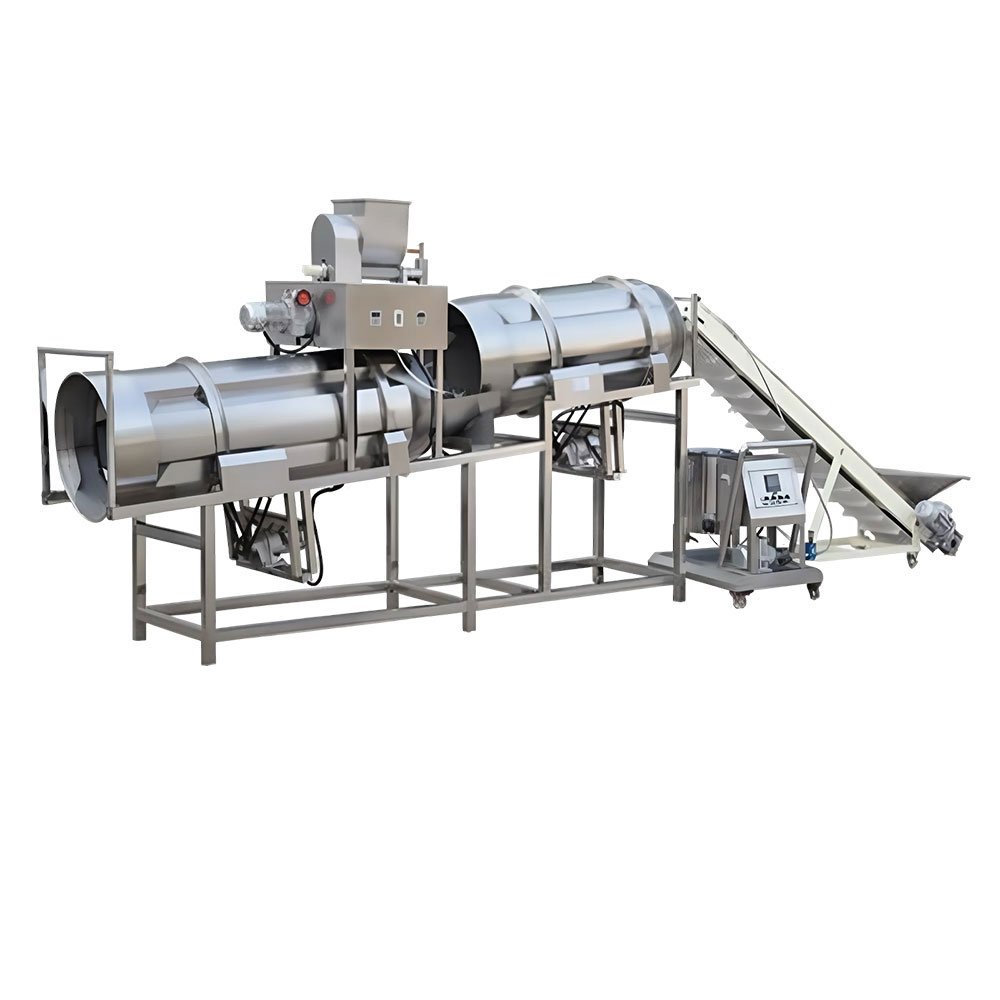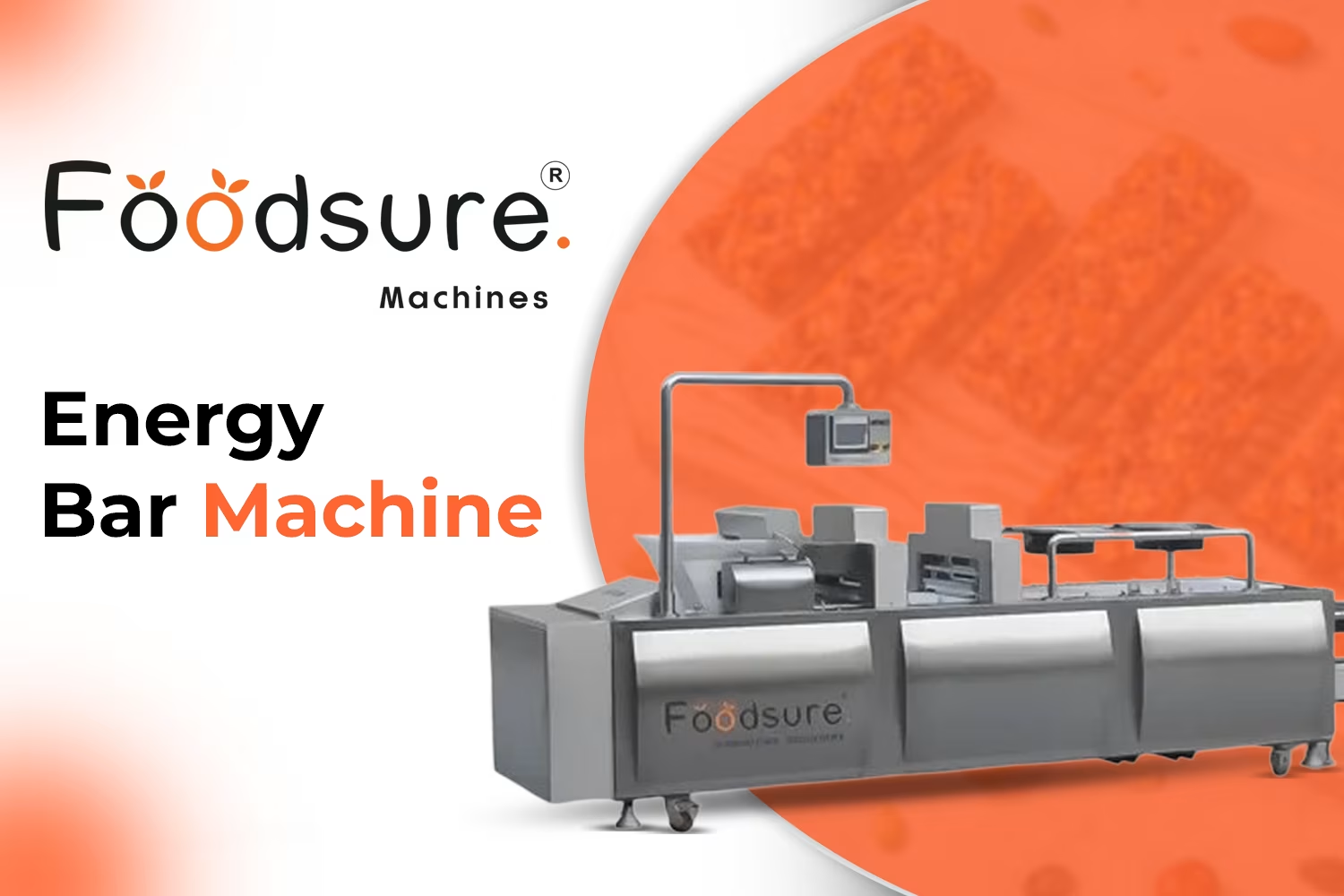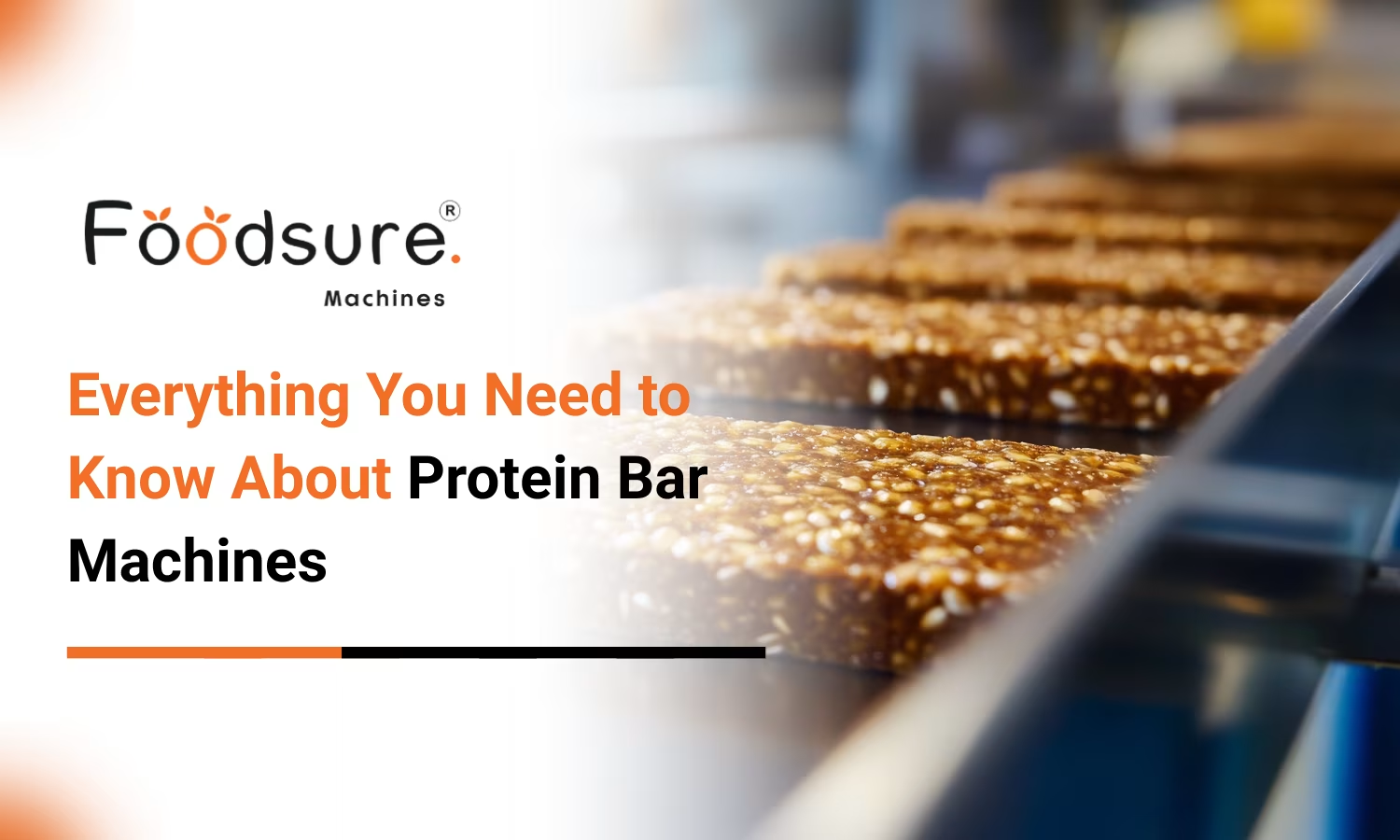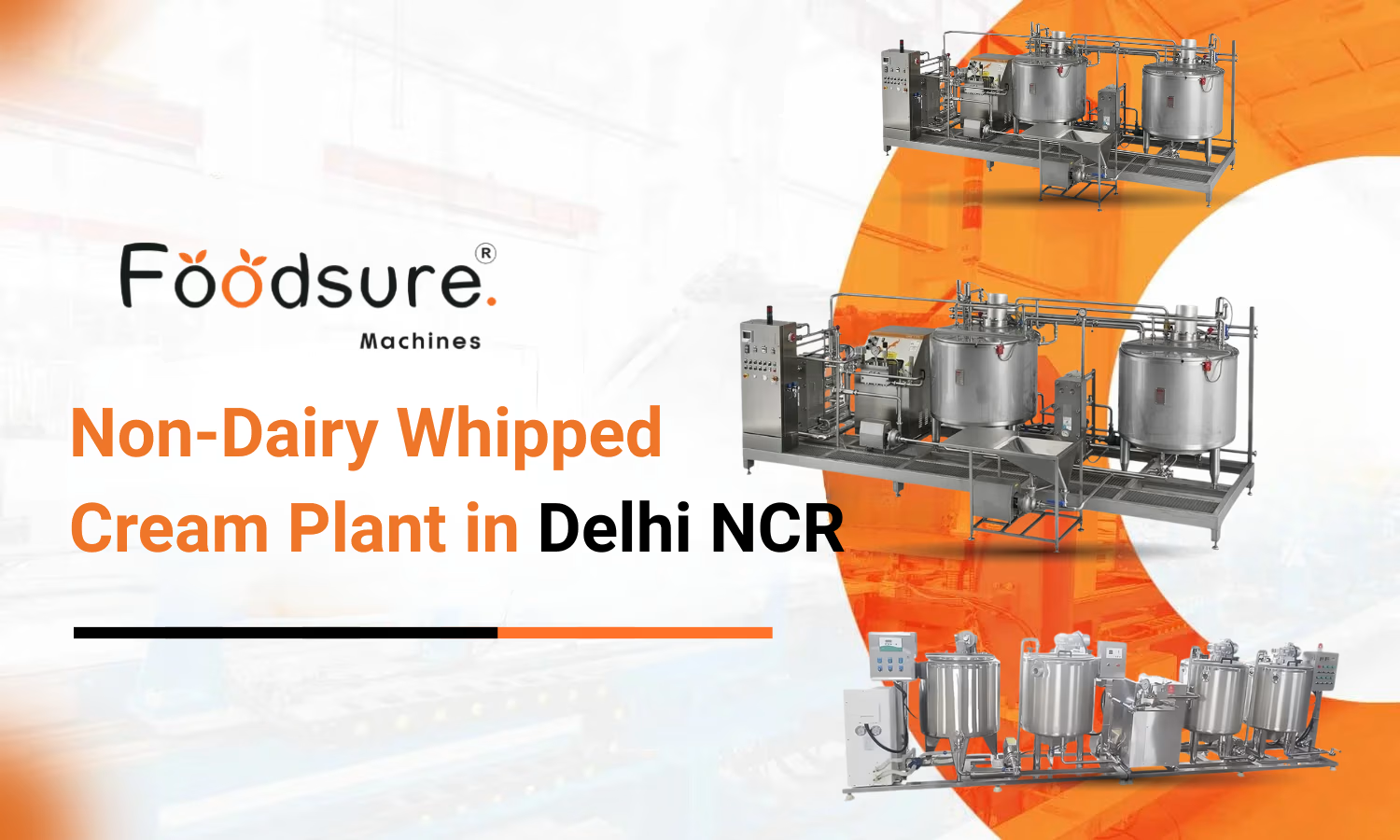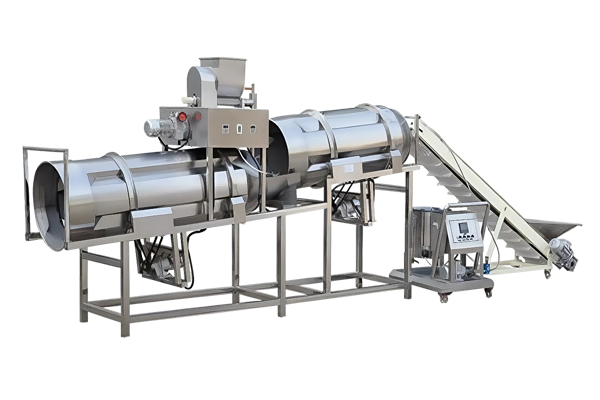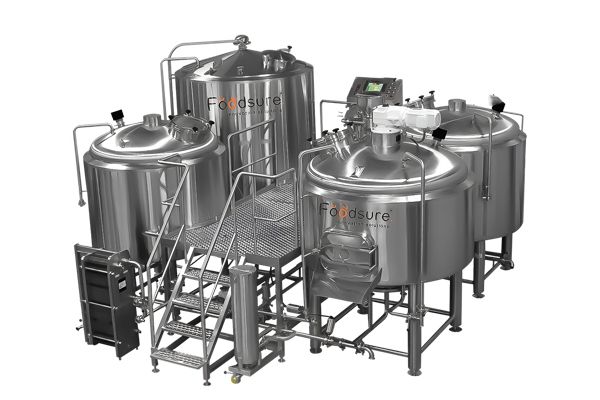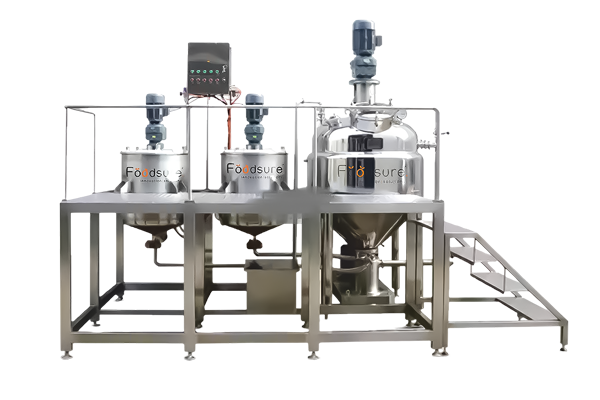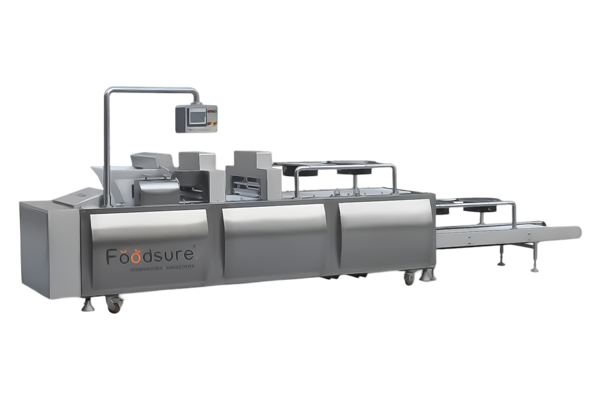Dairy and non-dairy whipping cream, which is right for your recipes? Some are rich and buttery, while others will whip up faster and have a longer shelf life. Dairy whipping cream has a natural flavor, but non-dairy alternatives avoid separation and can create consistency and ease of use in your recipes. Each one brings something unique to recipes that delivers on both taste and texture.
What Is Dairy Whipping Cream?
Dairy whipping cream is made from cow milk and contains at least 30 percent dairy fat. It is the fat in cream that creates a creamy texture, smooth mouth feel, and support for soft peaks.
- It is also the reason that cream has a rich texture and holds its smooth consistency for desserts, drinks, and baked goods.
- Some products intended for commercial purposes may have texture enhancers, mixing aids, and other ingredients to attain consistency and shelf life.
- It is primarily fresh cream, more or less, and the fat does everything else. It is a true dairy product and will impart true dairy flavor with a classic dairy brand mouthfeel, which can be bested by plant-based options.
What Is Non-Dairy Whip Cream?
Non-dairy whipping cream is an alternative to traditional whipping cream that is plant-based. This would be used for whipping and decorating cakes, pastries, and desserts. Non-dairy products are typically made with vegetable oils, water, added sweeteners, and blending agents, thickeners, and some non-dairy whipping creams having added plant or milk proteins for body and performance.
- The advantages of working with a non-dairy whipping cream are that it will hold its shape. The non-dairy whipping cream will typically have a good shelf life, and you will get consistent results in the busy environment of a kitchen.
- Additionally, it is a product that is safe for someone who is dairy-sensitive and safe for someone living a vegan lifestyle.
- The point is, these products are multi-use enough to be used in baked goods and restaurants. And also allow you to have the same stability and visual presentation.
The Nutrition Difference Between Dairy and Non-Dairy Creams
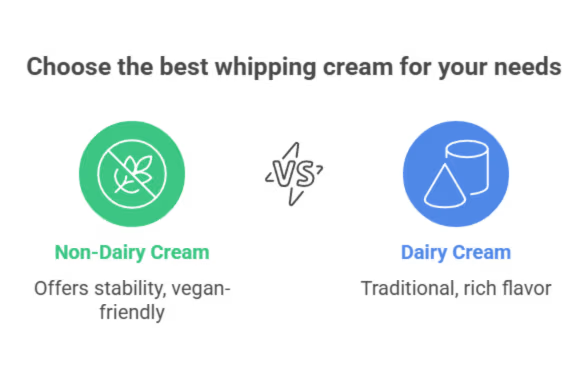
- Dairy whipping cream is made from milk fat and is typically 30 to 36% milk fat. Beyond the fat richness, it also contains natural protein, calcium, and natural vitamins A, D, and B12.
- The challenge is that it has a bit more calories, saturated fat, and cholesterol.
- Non-dairy whipping cream takes a different approach. It is made from vegetable oil, which usually allows for lower levels of saturated fat and cholesterol as well. The disadvantage of most non-dairy whipping cream is that added sugars, maintain consistency, and blending are often added to create the depth of flavor and texture that dairy cream provides.
- Most non-dairy whipping cream is likely not to have some of the natural vitamins and minerals that some dairy whipping cream will have, but it is a vegan and lactose-free alternative to dairy.
Key Nutrition Differences
- Dairy cream whip cream -It is higher in protein, calcium, and natural vitamins, but higher in saturated fat and cholesterol.
- Non-dairy whipping cream– generally have lower saturated fat and cholesterol, but it can have sugar added or other ingredients that are artificial. Non-dairy products usually have lower naturally derived nutrients, but it is animal-free and ok for lactose-free diets.
Why Non-Dairy Whipping Cream Is on the Rise
- The growing acceptance of dairy and non-dairy whipping cream is on an rise and is projected to reach a value of USD 1.27 billion in 2025 and USD 2.19 billion in 2035. This assumes the consumption trends will follow a yearly directed pattern of growth of around 5.6%. The past five years (2020-2025) have seen the growth of non-dairy whipped cream at around 5.3% and will continue to experience growth until it peaks and levels off.
- A large portion of the growth is coming from the dairy-free whipped cream market. New consumer preferences for vegan and plant-based foods are on the rise, and lactose intolerance and allergy concerns offer another reason to market to those who may be looking for a product that aligns more closely with their dietary requirements.
- Moreover, there is an increasing group of health-driven consumers who like that non-dairy whipped cream typically has less saturated fat and less cholesterol than dairy whipped cream.
- Non-dairy whipped cream also lasts longer, holds better when baking/decorating, and is more convenient to the end-user when cooking in busy kitchens, in comparison to whipped cream made from dairy.
- Brands have also improved flavor and texture, making non-dairy whipped cream just as rich as a whipped cream made from dairy.
- Non-dairy whipped cream is no longer a targeted product, but is quickly becoming the “cream of choice” for more bakers, restaurants, and home cooks, and will continue to grow.
How to Produce Whipping Cream Using a Machine
- The process of whipping cream using machines involves several steps. The cream used for this is a cream with a fat content of 30-36%, which is first treated for safety to destroy any bacteria. Then it is uniform to reduce the fat particle size and develop smoothness and evenness of texture.
- Following this, the cream is then matured, refrigerated at about 4-5 °C for a maximum of 2 to 4 hours, to enable potentially more effective/stronger fat setting during whipping.
- While traditional methods may use the whipping stands with beaters, industrial machines will process this to provide a whipped cream product in batches, or through an inline continuous method.
- If this cream has been whipped, you are preparing a soft and airy structure like whipping cream, at approximately 7-12 °C to maintain stability. This includes multiple optional stabilizers and emulsifiers, which will help hold the product together in order to maintain stability and a longer shelf life.
- The cream will then be released from a hygienic space and placed into a whipped cream can or container. At this point, all packaging will occur in the hygienic space, and all storage will happen inside the sanitized zone until the cream is recognized as ready for packaging. At this stage, all these measures are to maintain/ensure safety.
Conclusion
Dairy and non-dairy whipping cream is quickly surpassing being a substitute and becoming recognized as the product of choice for bakeries, cafes, food brands, etc. Paired with a non-dairy whipping cream machine, you can produce the same consistency of quality whipping cream every time. Foodsure Machines has available solutions to help you maximize non-dairy whipping cream production and profitability. More importantly, you can serve greater consumer demand for non-dairy whipping cream. Take the plunge and revolutionize your process. Get a quote for a non-dairy whipping cream machine today.

